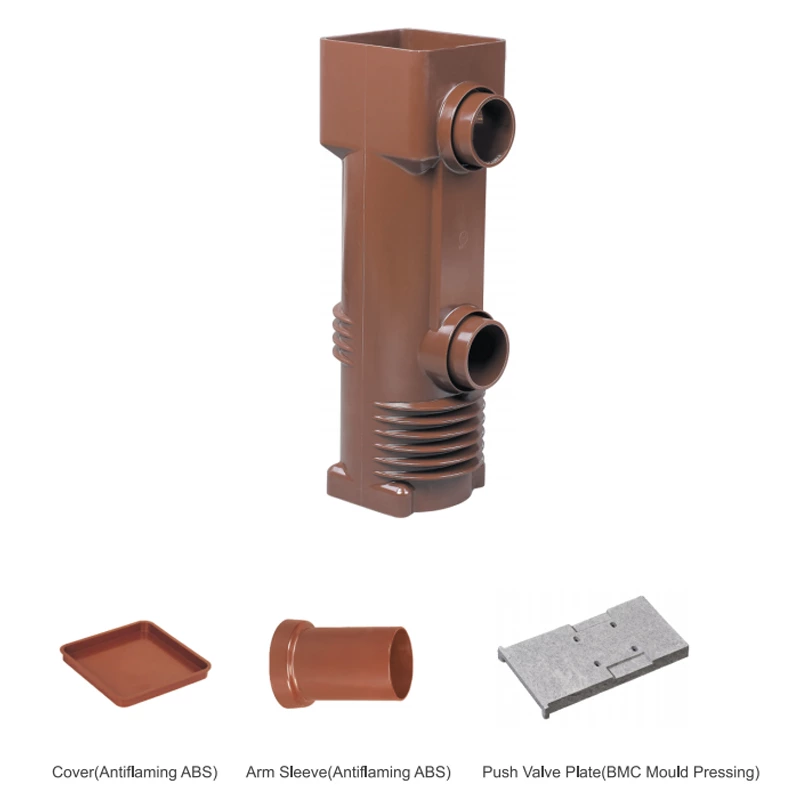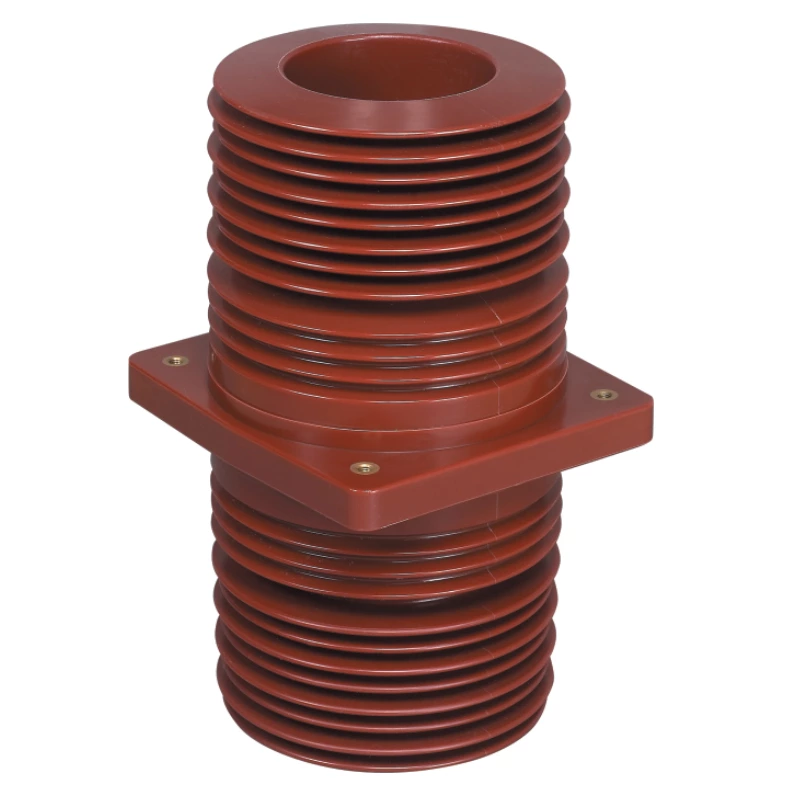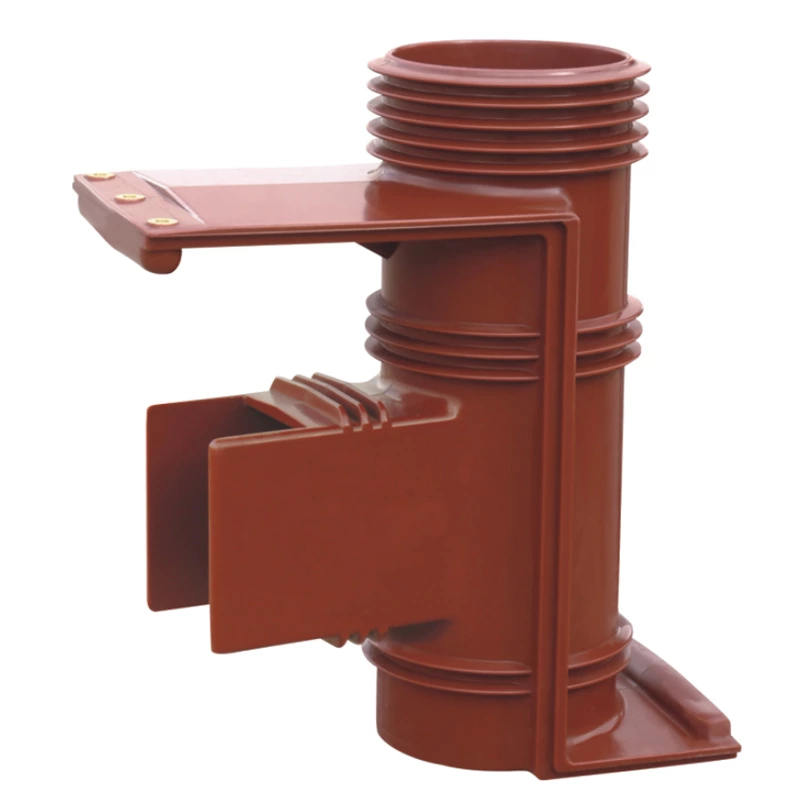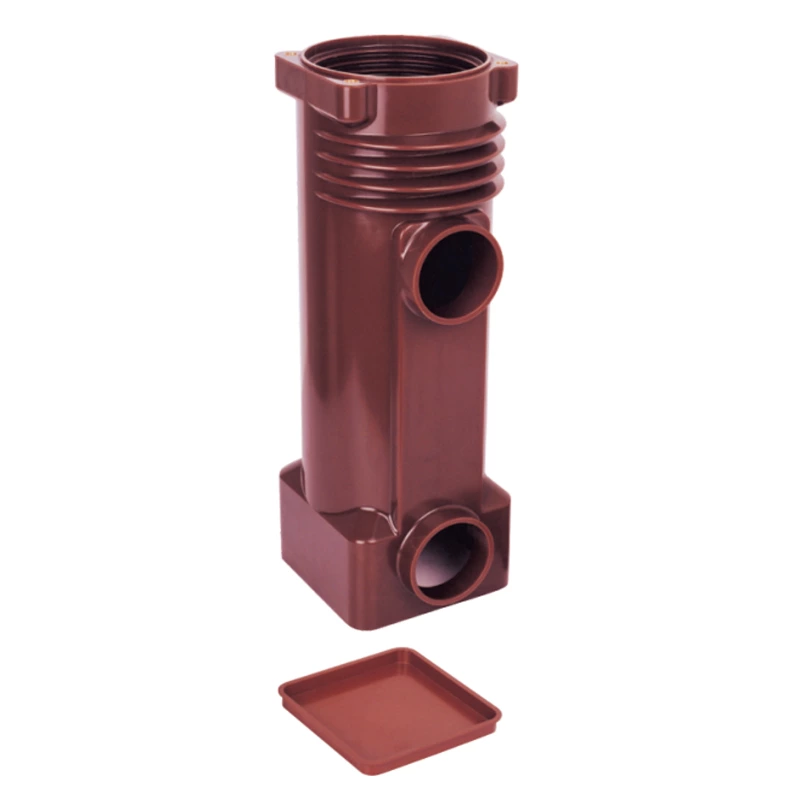Apg Process Material Preparation Process For Solid-sealed Poles
【Abstract】The broad term casting can be divided into epoxy resin molding processes such as casting, encapsulation, potting, automatic pressure gel, vacuum automatic pressure gel process, etc. At present, the production of Embedded Pole at home and abroad mainly adopts the APG process, that is, the epoxy resin automatic pressure gel molding process. The raw materials for the APG process casting production of solid-sealed poles are mainly epoxy resin, curing agent, filler and color powder. Among them, the epoxy resin is mainly bisphenol epoxy resin, and the commonly used curing agent is anhydride curing agent.
Commonly used fillers are mainly silicon micropowder, alumina, aluminum hydroxide, etc. The fillers produced by the APG process of solid-sealed poles are mainly silicon micropowder. Adding fillers can improve the wear resistance, thermal conductivity, hardness and chemical corrosion resistance of epoxy resin castings, and can reduce the shrinkage rate of castings and increase dimensional stability.
【Keywords】APG; Epoxy resin; Solid-sealed pole
0 Introduction
Uncured epoxy resin is a viscous liquid or brittle solid with little practical value. It can only achieve its final use by curing with a curing agent to form a three-dimensional cross-linked network structure. Epoxy resin is often accompanied by a certain degree of volume shrinkage during the curing process. This volume shrinkage causes stress cracking of epoxy resin as a potting material, resulting in waste. In order to improve the volume shrinkage of epoxy resin and reduce stress cracking, a large amount of filler is usually added to epoxy resin.
The heating molding method of the APG process is that the temperature of the APG mold cavity is relatively high. After the mixture enters the cavity, it first begins to cure at the mold wall and then gradually penetrates into the mold core. This curing method better controls the exothermic reaction. At the same time, due to the late curing of the center, the injection head can inject material into the cavity under pressure during the entire curing process to compensate for the shrinkage caused by the curing reaction. For the entire APG injection process of the solid-sealed pole, the material preparation process and method are the core and key of the entire production. Improper preparation process of the early materials will directly affect the molding of the solid-sealed pole and the performance of the entire product.
1 Performance of epoxy resin mixture
Epoxy resin needs to be added with curing agents such as amines or anhydrides to cure, and its cured product has excellent performance, so epoxy resin can be used in coatings, adhesives, molding materials for molding machines, etc. However, the amount of curing agent added will directly affect the performance of the cured product, so the optimal amount is an important issue in the use of epoxy resin. The amount of curing agent added is mainly determined by the epoxy equivalent and hydroxyl value in the epoxy resin. Therefore, to obtain a cured product with excellent performance, it is necessary to correctly analyze their content.
The various properties of epoxy resin cured products are improved due to further cross-linking during the curing reaction. Even if the epoxy resin and curing agent system are exactly the same, if the curing conditions are different, the cross-linking density will be different, and the performance of the resulting cured product will also be different. DGEBA resin has many grades with different molecular weights, and these grades have their own uses according to their performance. Liquid bisphenol A epoxy resin is mainly used for casting and impregnation in the fields of coatings, civil engineering, construction, adhesives, FRP and electrical insulation. Solid resin is mainly used in the fields of coatings and electrical engineering. Epoxy resin materials first melt when heated, and can produce physical effects such as flow, deformation and acquisition of the required shape under pressure. It can also make the components with active groups undergo cross-linking reactions at a sufficiently high temperature, and finally complete chemical reactions such as hardening. When epoxy resin materials are heated, their fluidity increases and their viscosity decreases. For a period of time before hardening, the viscosity of the system does not change much with time. After that, the polymerization and cross-linking reactions proceed further, and the relative molecular mass of the polymer increases rapidly, resulting in a rapid decrease in fluidity.





